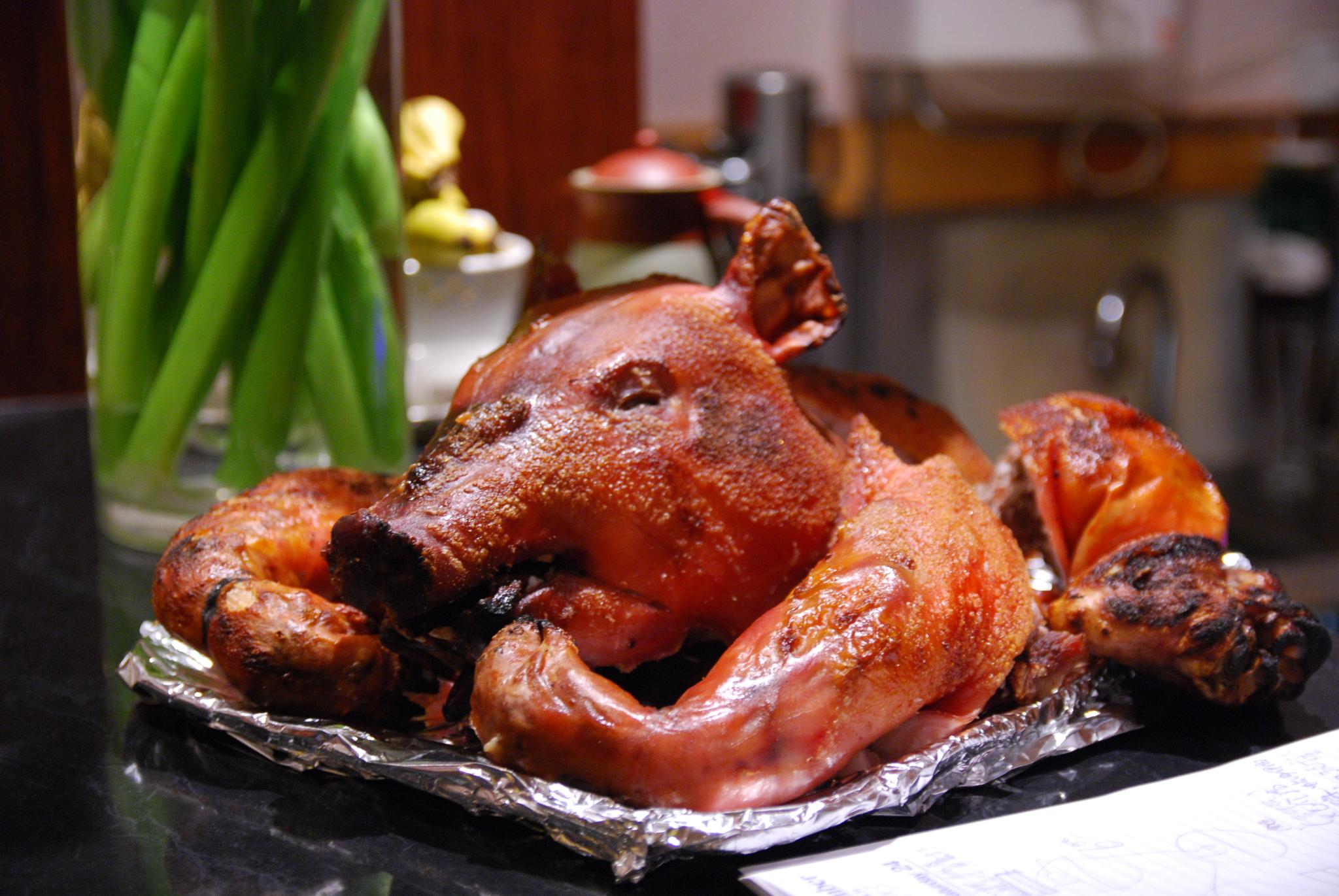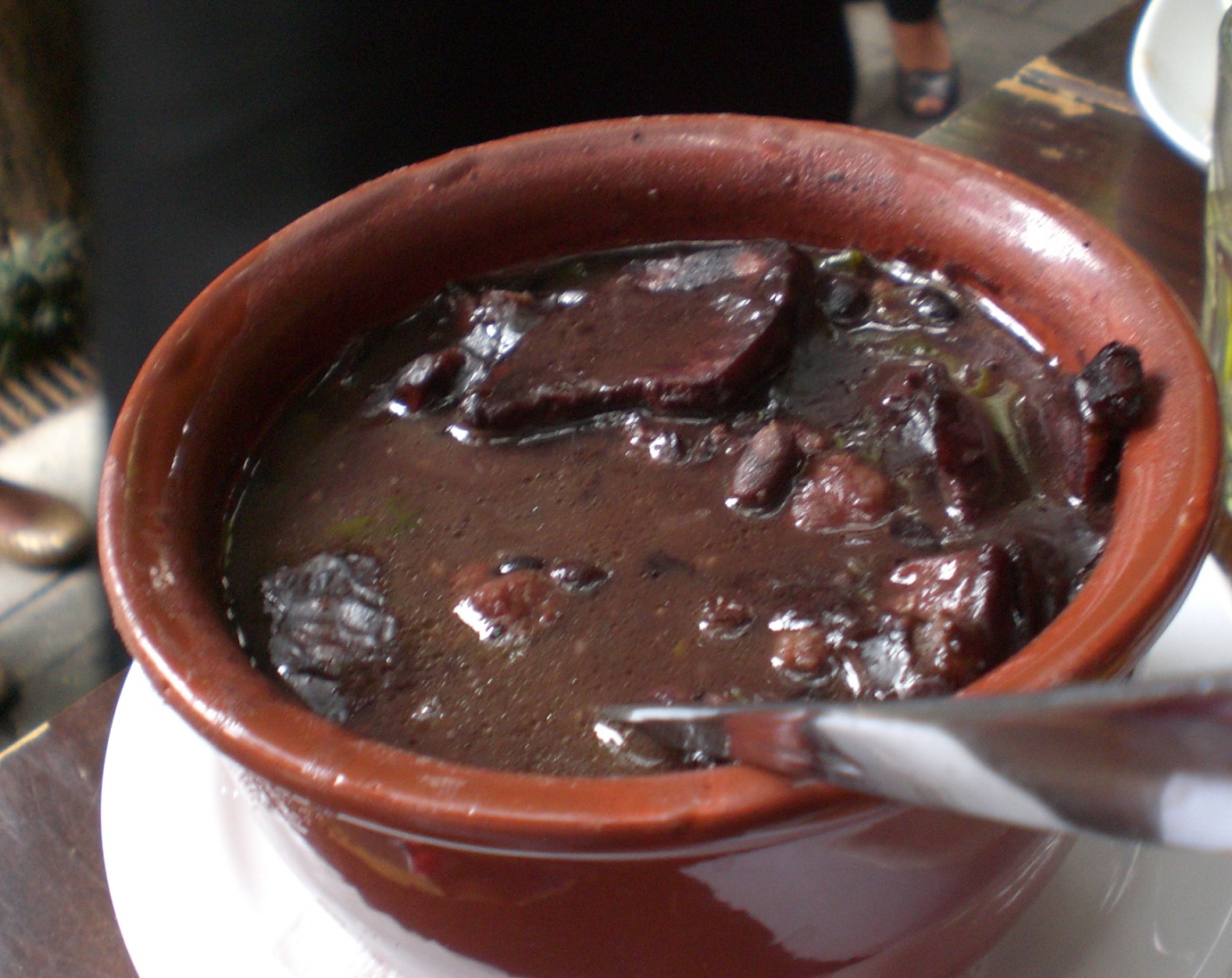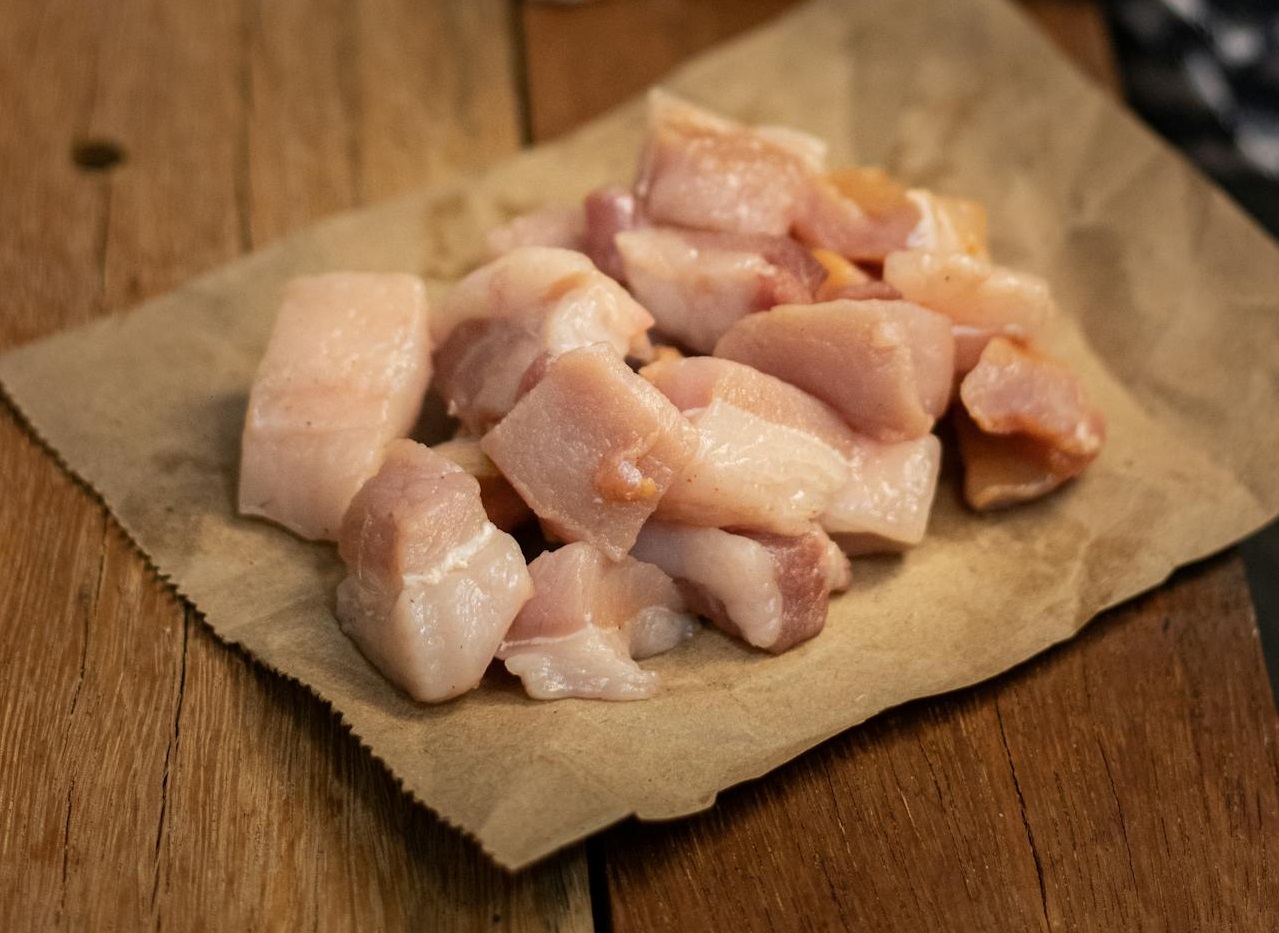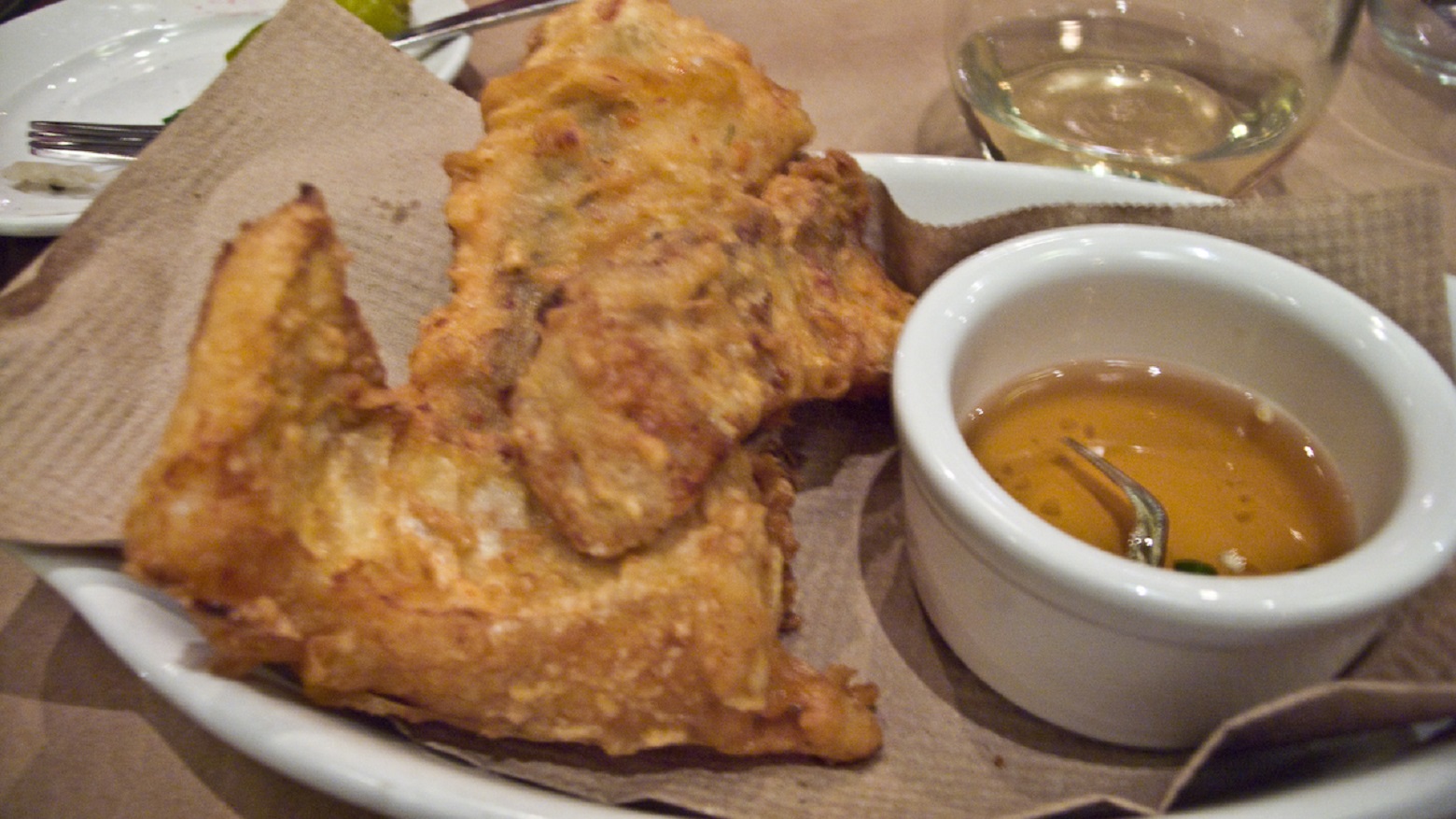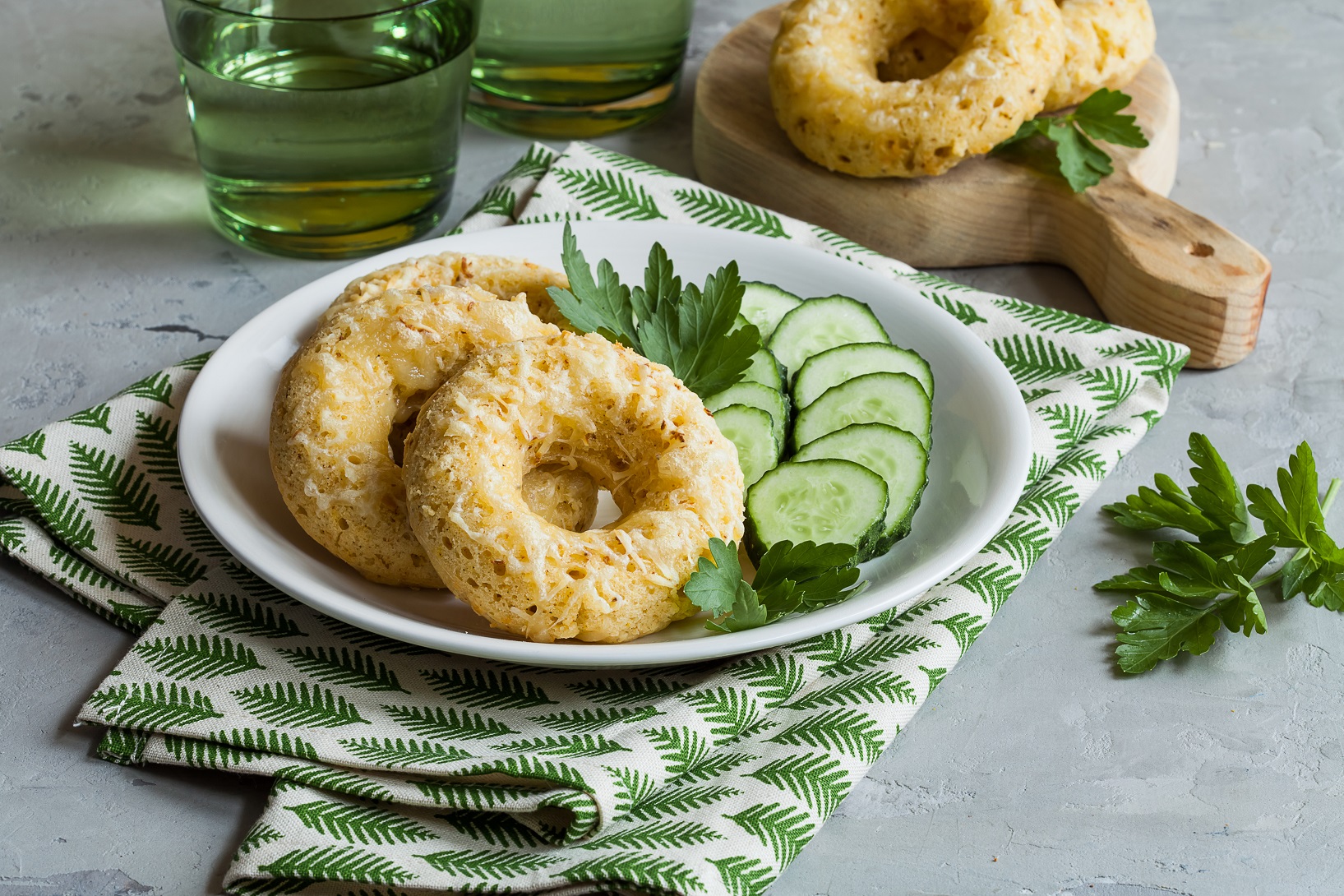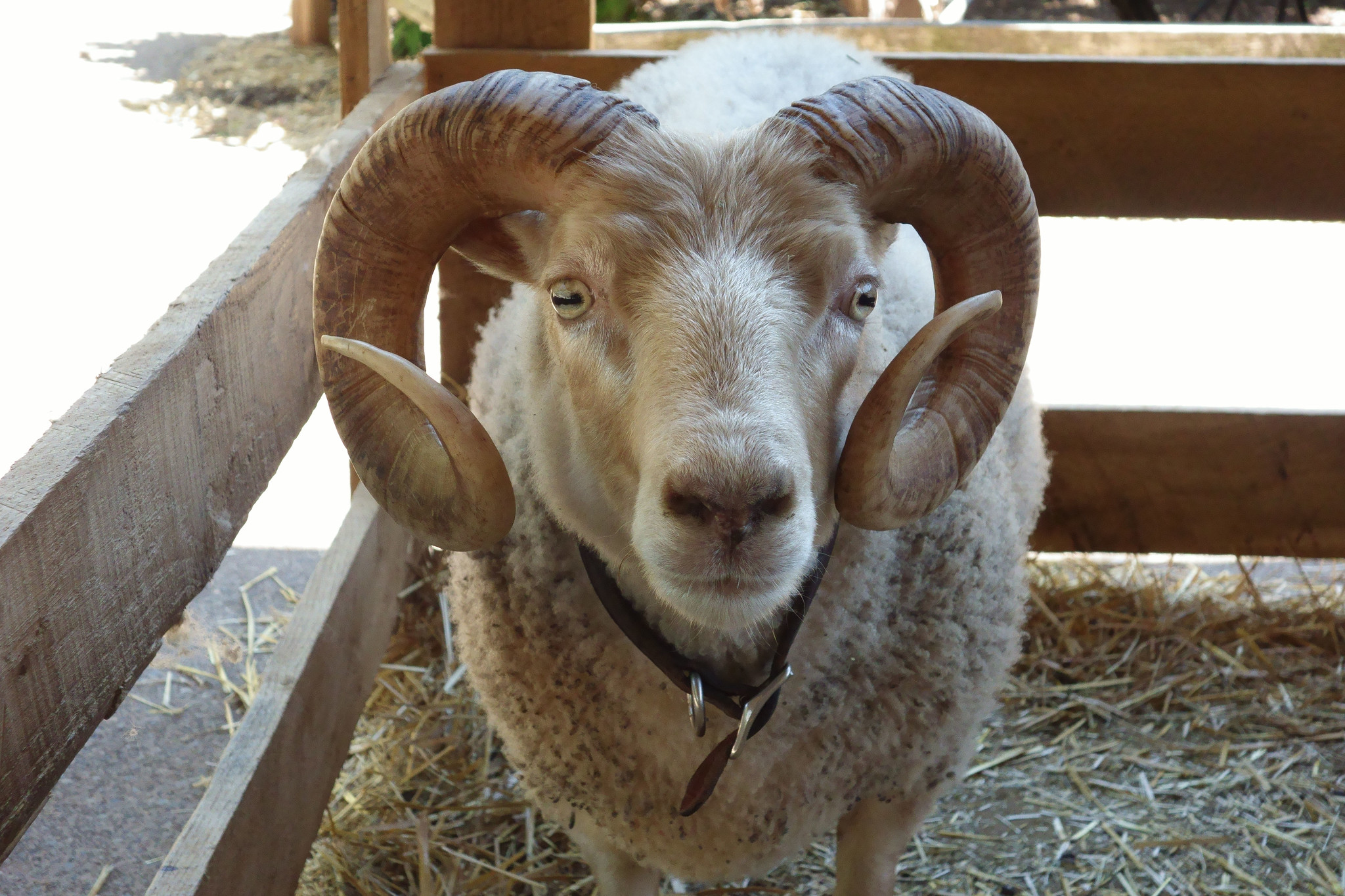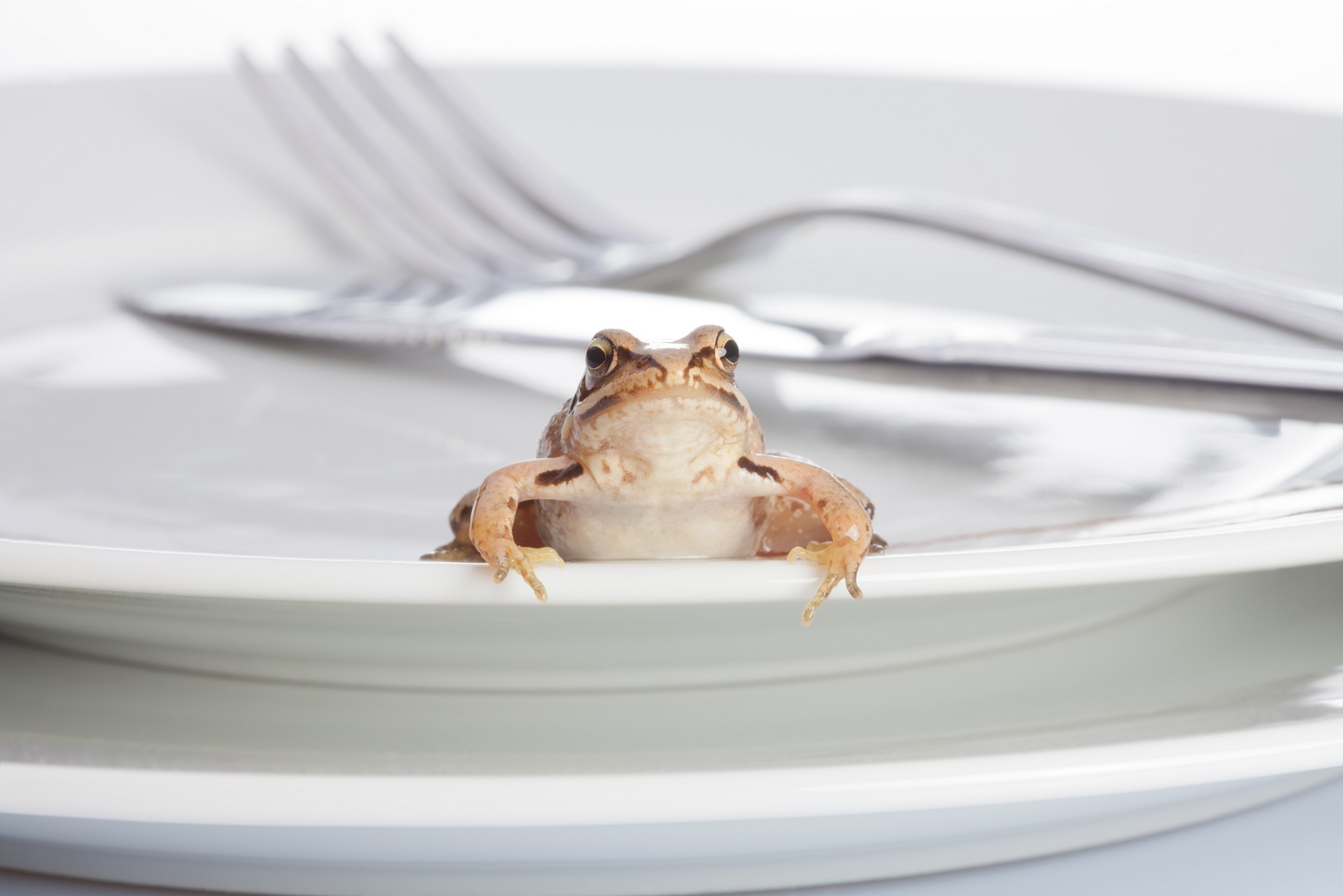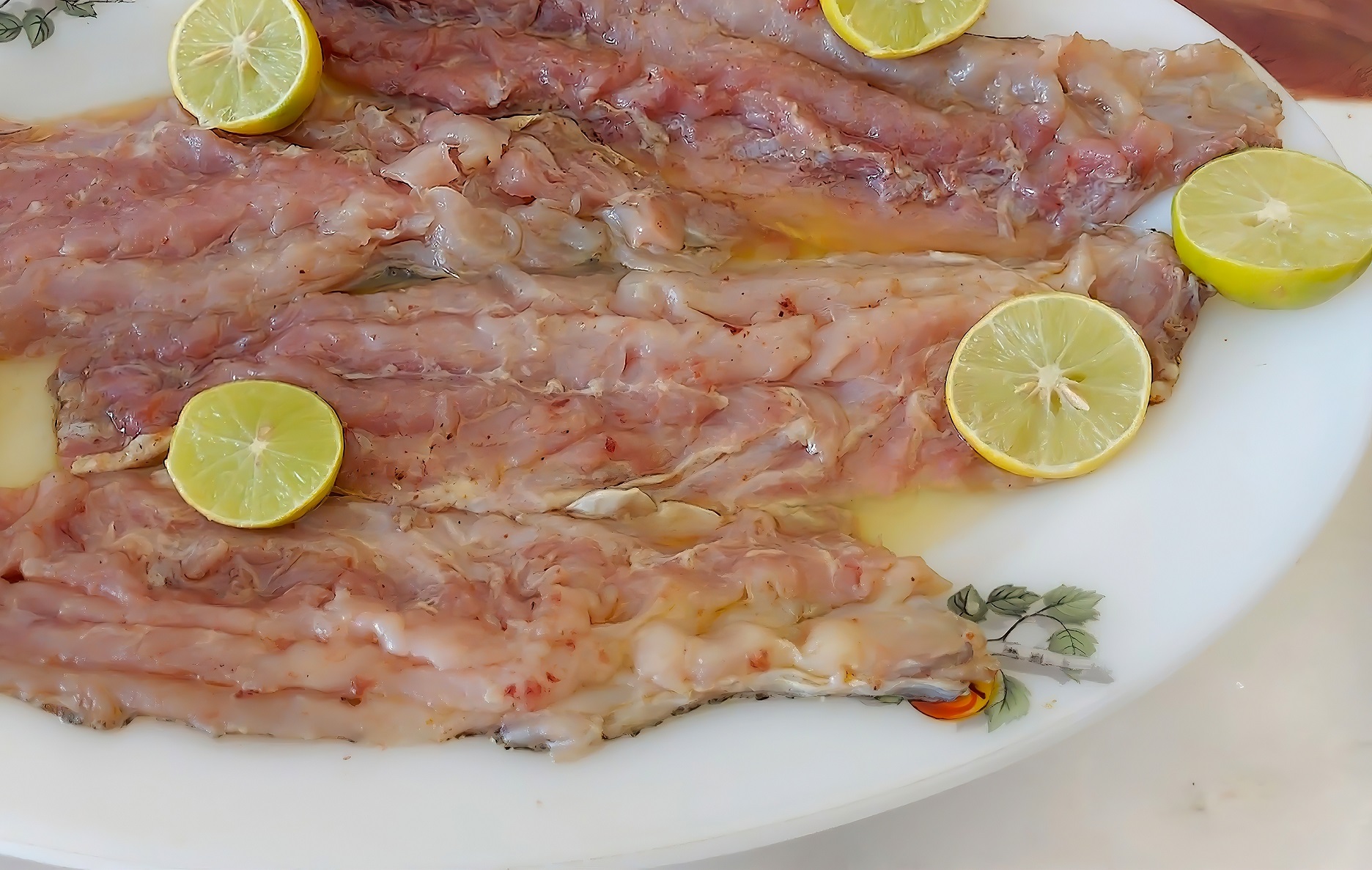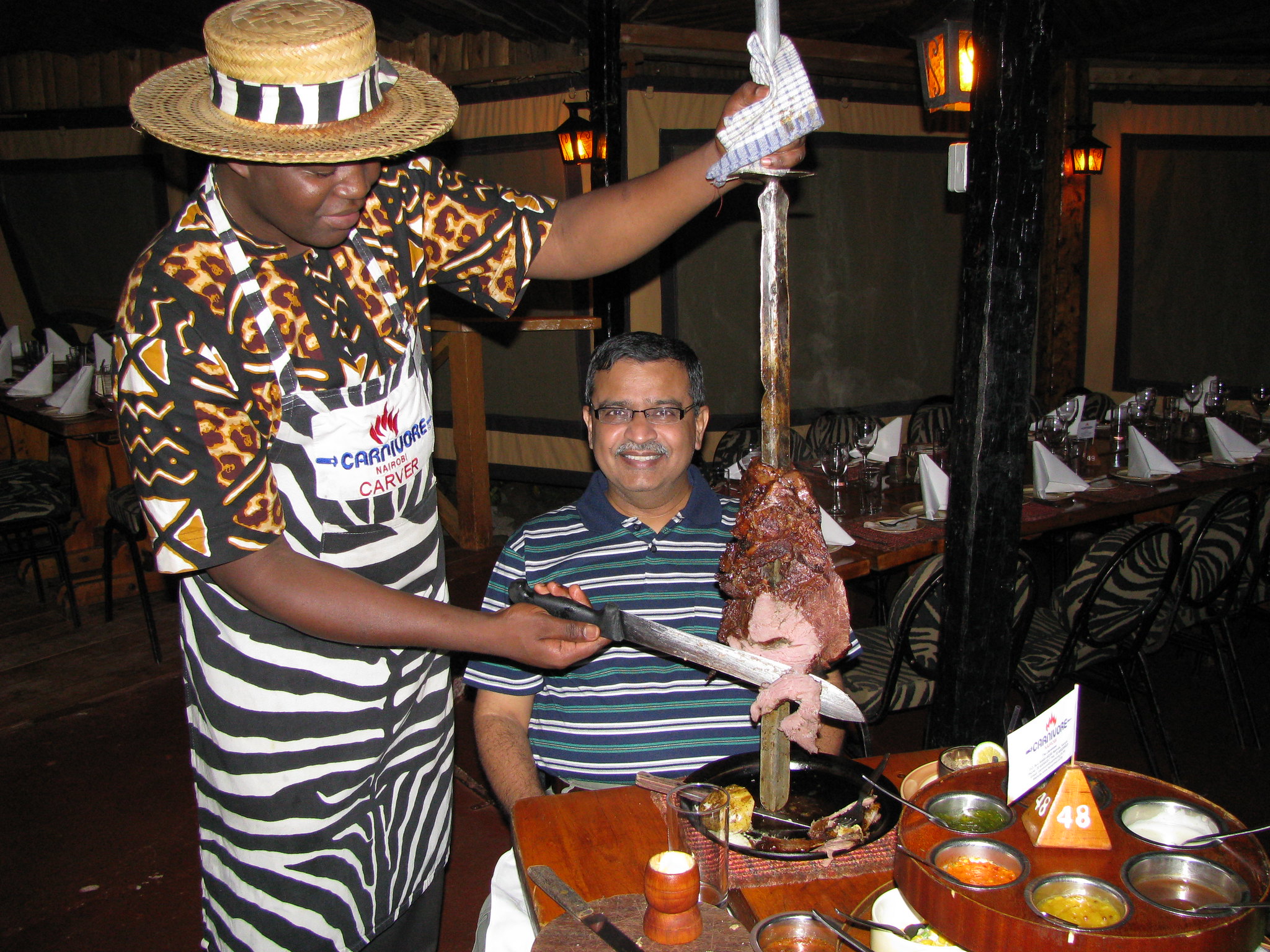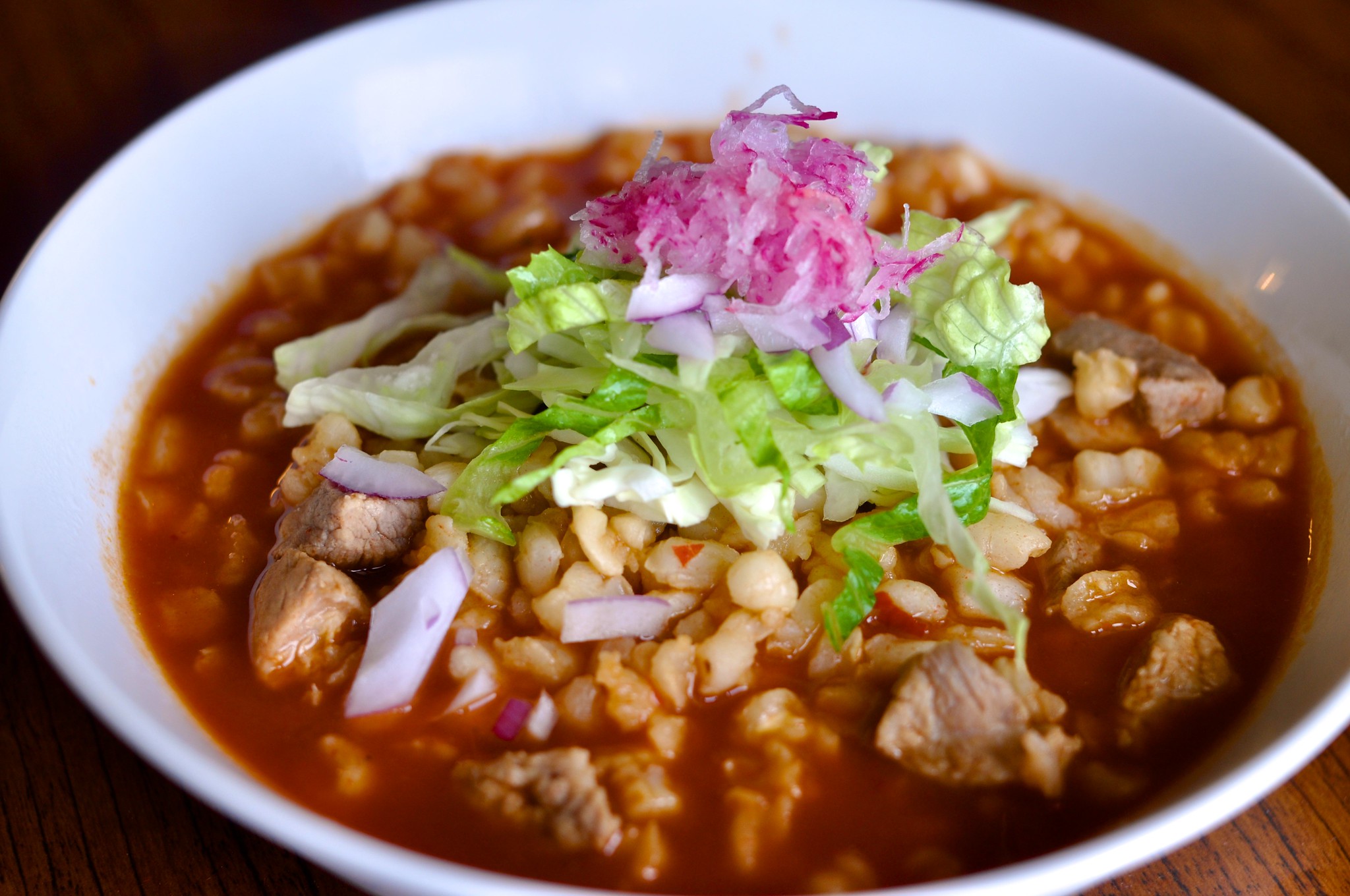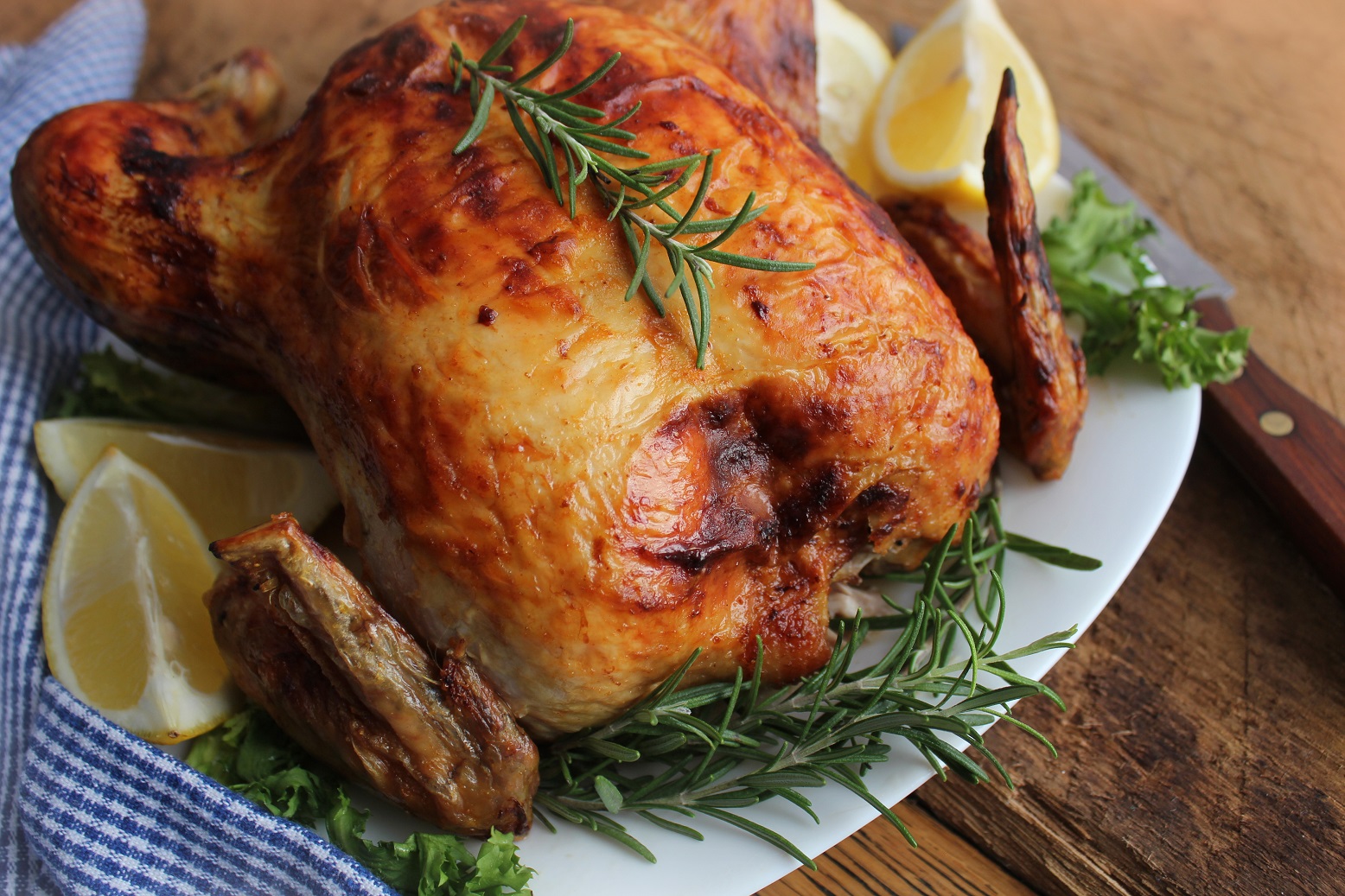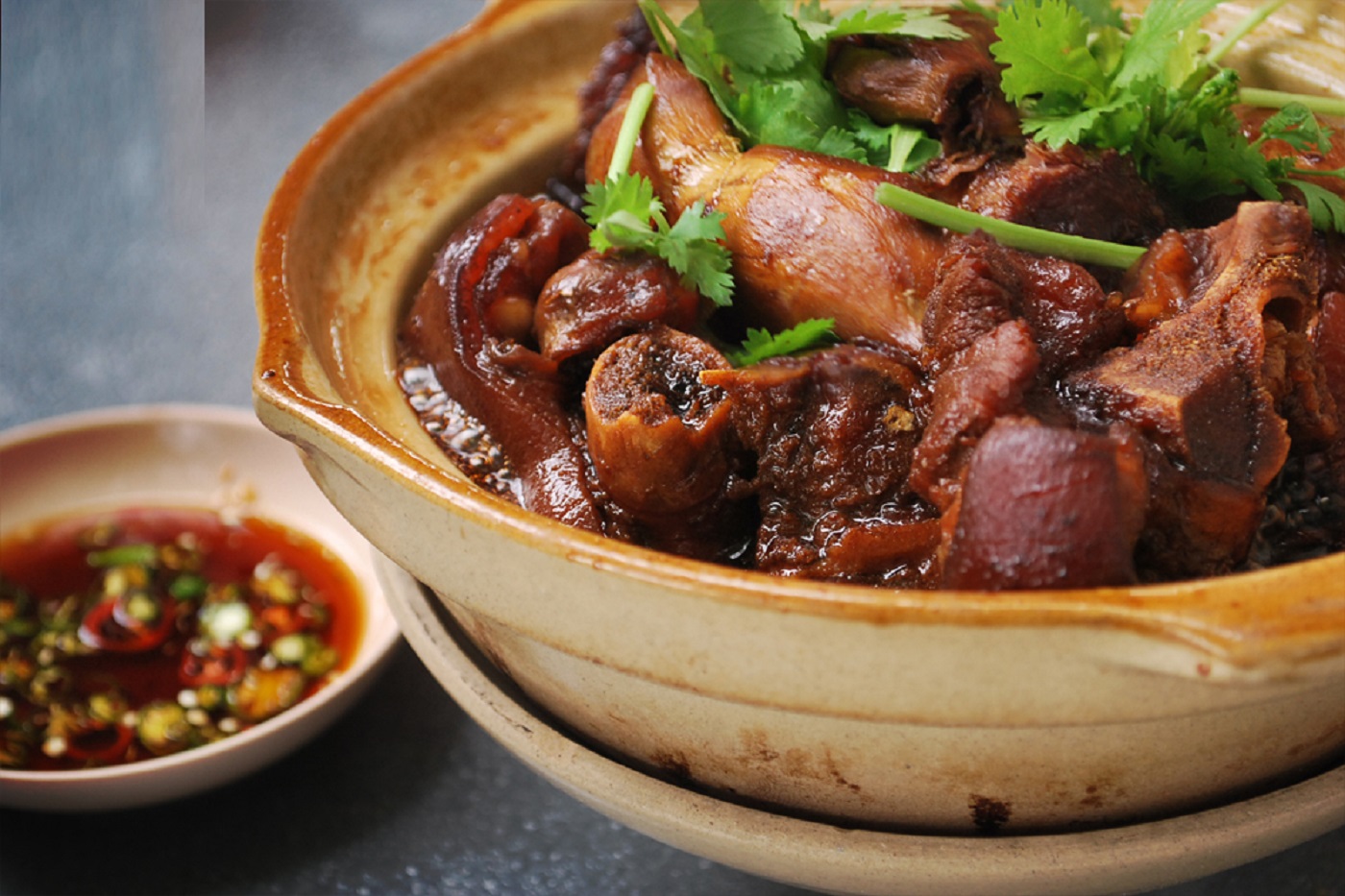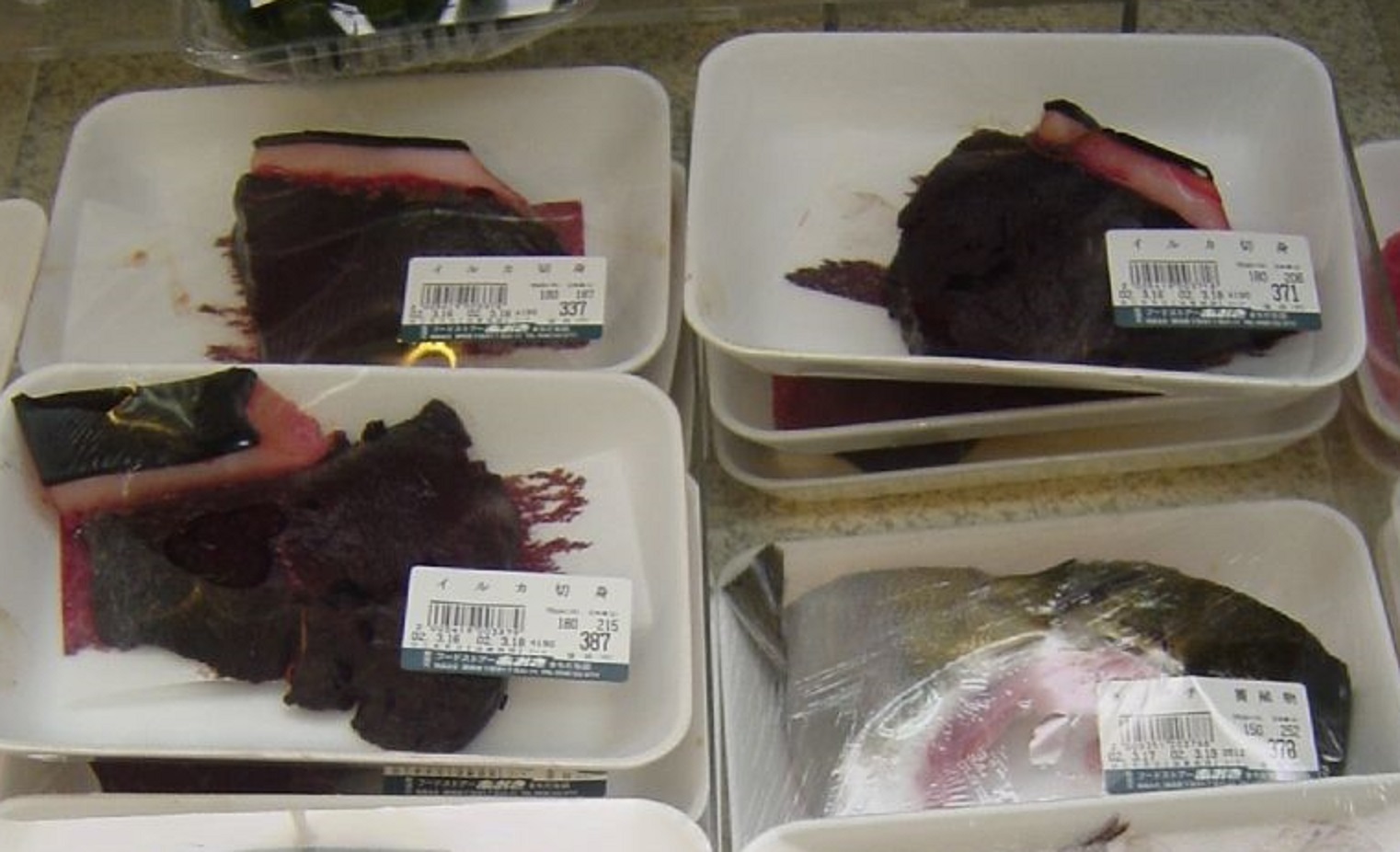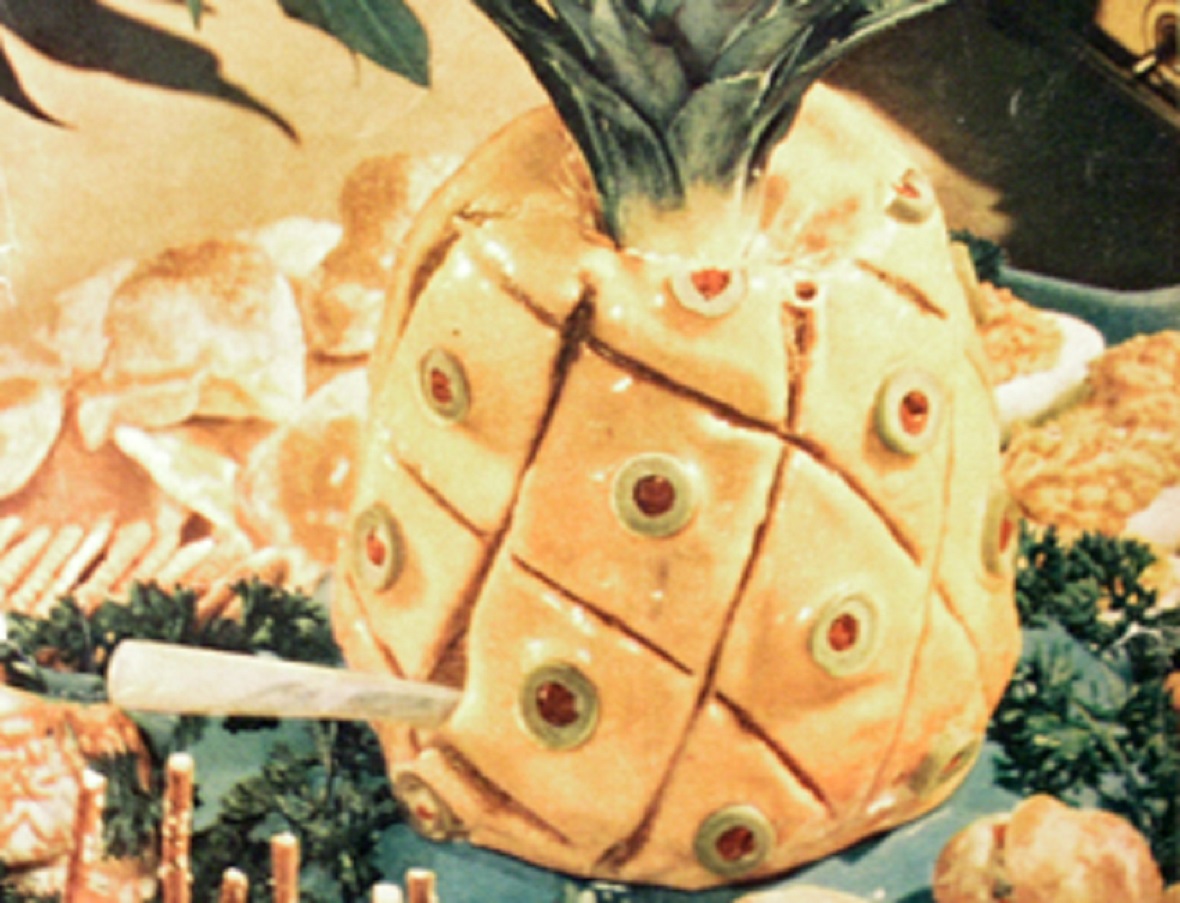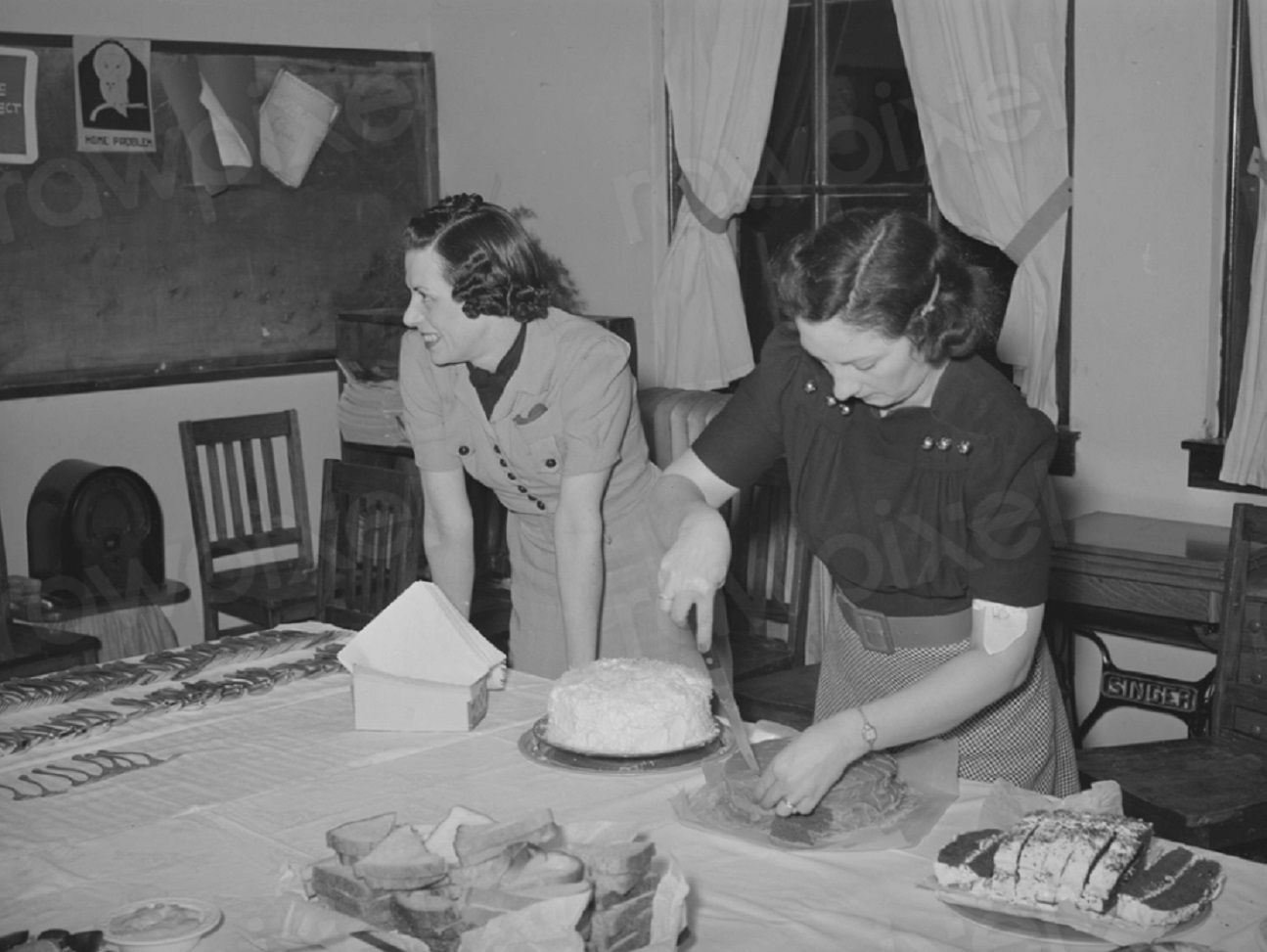Bon Appetit!
For all the variety of delicious foods we have access to today, many of them have a relatively short history. Caesar salad, after all, doesn’t come from Ancient Rome—just from a guy named Caesar who worked in a Tijuana restaurant in the 1920s. Go back far enough, though, and you’ll find people eating things that were downright bizarre. Some were gross, some surprisingly clever, and all of them unforgettable.
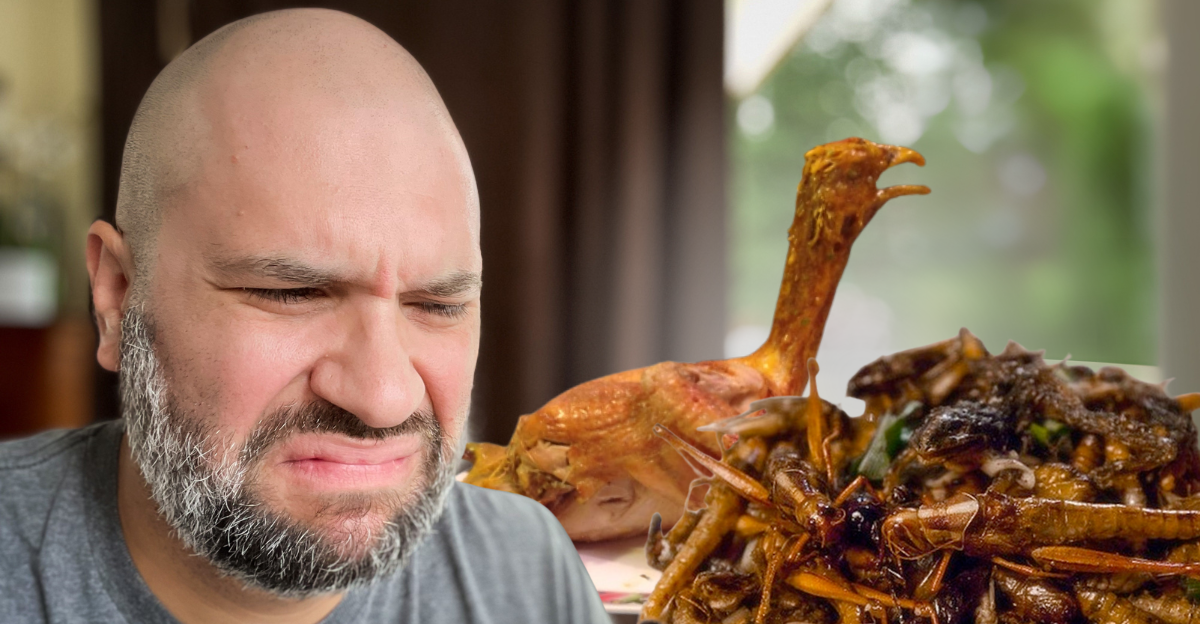
Braised Flamingo
Chicken wasn’t always the poultry to beat. In the 5th century in Ancient Rome, wealthy diners could indulge in a dish of braised flamingo. They’d have to be well-off, considering the bird is native to Africa and they’d have to have it brought in. And, to top it off, the best parts of the bird were considered to be the brain and the tongue.
Witchetty Grubs
It must have been hard to survive the rough terrain of Australian, with all the weird and wonderful wildlife they have there, before the modern era. In ancient times, one of their major sources of protein was the witchetty grub—fat larva found in the roots of the witchetty bush.
Mummies
Oh! Did we just switch lists from weird foods to classic movie monsters? No? Well, that’s unfortunate. People of the Victorian era were absolutely obsessed with Ancient Egypt, and they took it to extreme lengths, including eating recently unearthed mummies. But it wasn’t just them—even in the 16th century, some believed that ingesting ground-up mummy remains provided medical benefits.
Virgin Boy Eggs
Trigger warning for the squeamish: this one is a lot. Virgin boy eggs are a delicacy that goes back hundreds of years in China. They are eggs hard-boiled in the urine of boys under the age of 10. It’s believed to have health benefits—and even better news: Some towns still make them.
Cockentrice
If it looks like a chicken from the back and oinks like a pig, it might be a cockentrice. (Okay, it doesn’t actually oink—we made that part up.) You might recognize the name from Dungeons & Dragons, but in the Middle Ages, a cockentrice was a real dish: the front half of a pig sewn to the back half of a chicken, roasted together and proudly served.
Locusts
Talk about making lemonade out of lemons. People took a Biblical plague and made it a yummy source of protein! In Ancient Greece, locusts were a tasty snack, and they’re still on the menu in some Asian countries.
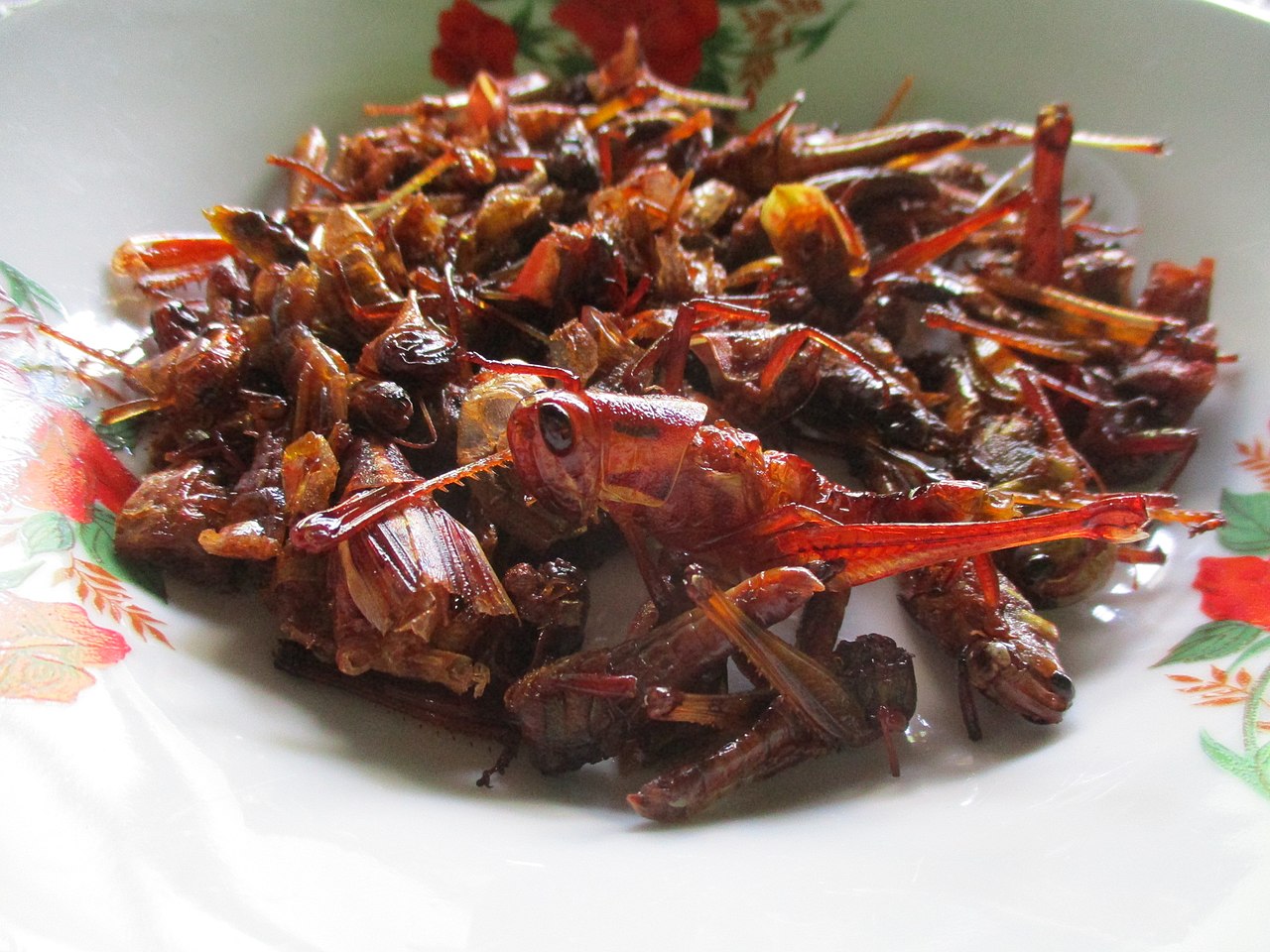 Danangtrihartanto, CC BY-SA 4.0, Wikimedia Commons
Danangtrihartanto, CC BY-SA 4.0, Wikimedia Commons
Dormice
Dormice are tiny, nocturnal rodents found in Africa, Asia, and Europe. And if you were alive in Ancient Rome, they were also a tasty snack. They didn’t just catch them wild—they would also keep them in clay pots and fatten them up by feeding them nuts. Then, they’d get roasted and eaten.
Black Soup
The black soup we know today as a Nigerian dish is different from the historical black soup, a Spartan dish which combined pork meat, salt, and vinegar in a broth made from pig’s blood. The vinegar offered flavor and kept the blood from clotting. Double duty!
Ambergris
Ambergris is a waxy substance that is produced in the digestive track of sperm whales. Though it was mostly used in perfumery, it was also eaten and used in drinks. King Charles II of England loved to eat it with eggs, and it was used to flavor Turkish coffee in 18th century England.
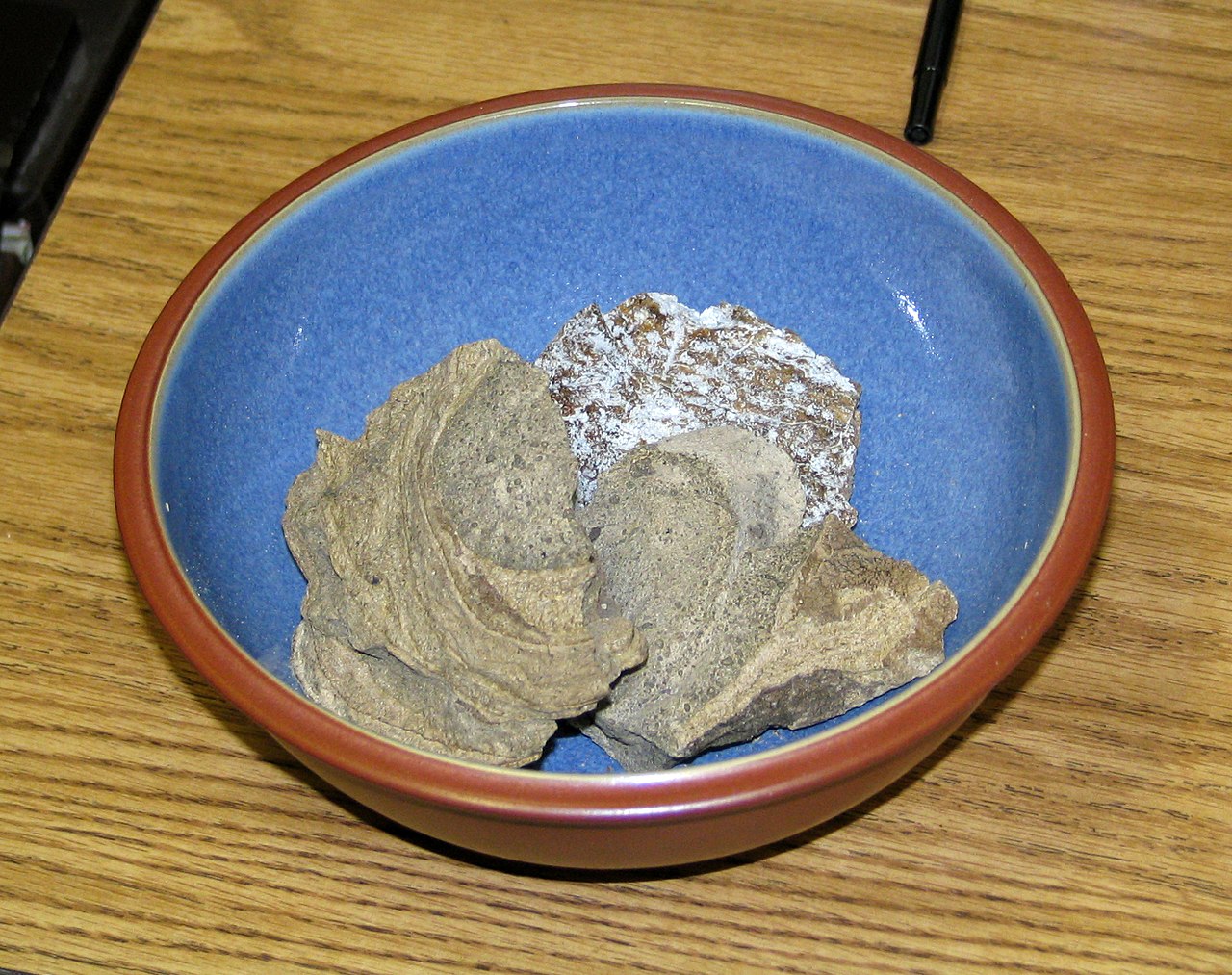 Peter Kaminski, CC BY 2.0, Wikimedia Commons
Peter Kaminski, CC BY 2.0, Wikimedia Commons
Soil
If you catch your kid snacking on a handful of dirt, it might just be curiosity—or it could be pica, a condition where people crave non-food items. But eating soil isn’t always a sign something’s wrong. For centuries, cultures across the Americas and Africa believed it had real health benefits.
Broxy Meat
Desperate times call for desperate measures. In the Victorian era, the working poor might not have enough to get fresh meat, but they’d have enough to get broxy meat. That would be meat from previously deceased—as in, not slaughtered for consumption animals. It was a dice roll whether they’d died of somewhat natural causes, in which case you’d be okay, or if they died from a disease that you could possibly also catch.
Posca
Sounds like a refreshing soda, doesn’t it? Posca. And while it’s certainly…a beverage, it doesn’t sound especially refreshing. Coming all the way from Ancient Greece and Rome, it involves a mixture of herbs and spices in a base of sour wine or water and vinegar. Actually, I could see this one taking hold once people move on from kombucha.
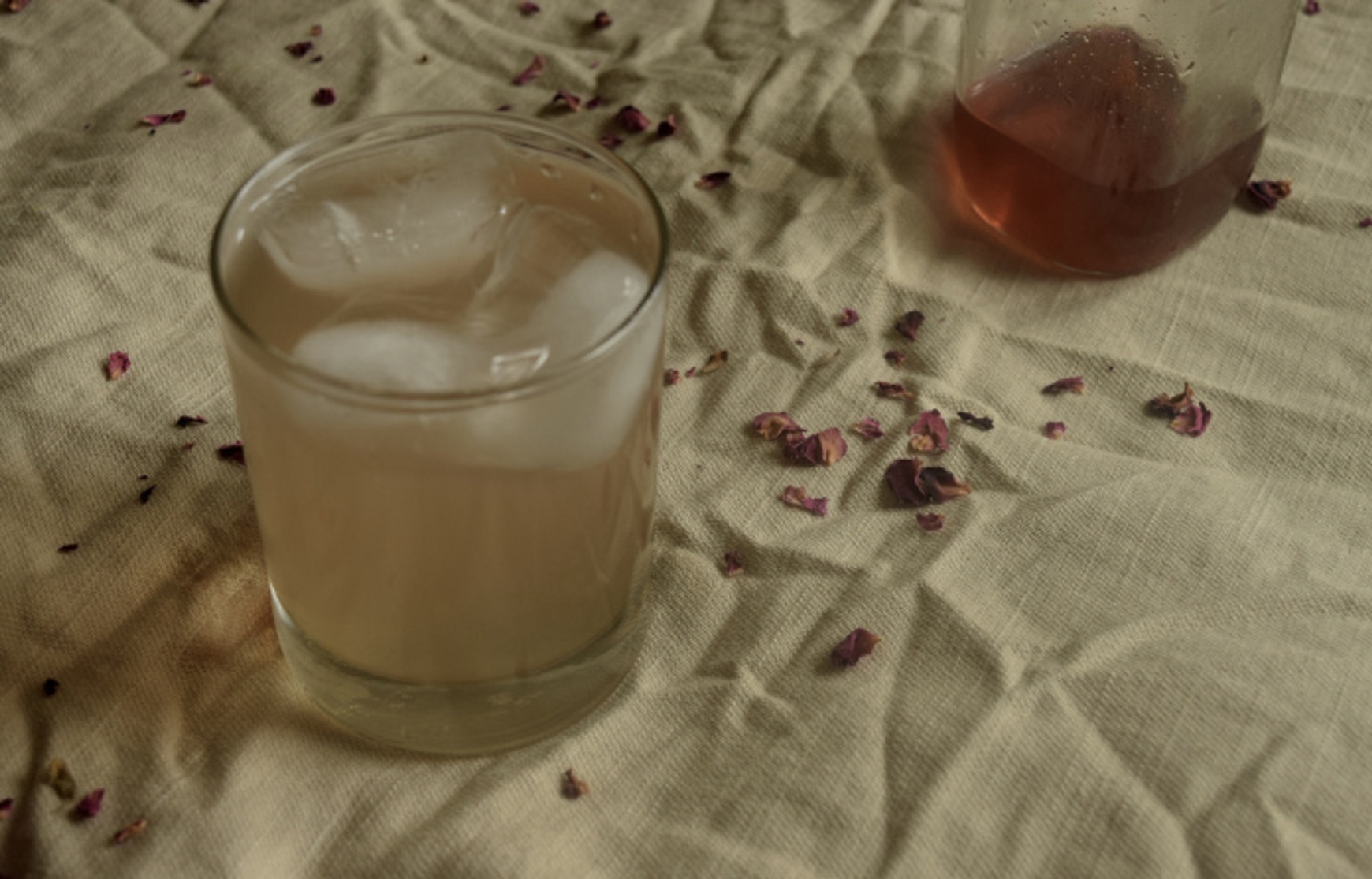 Allyson Batis, Wikimedia Commons
Allyson Batis, Wikimedia Commons
Chewy Milk
Well, that’s not a name that’s telling me anything I want to hear. Ireland isn’t just known for its potatoes—they also raise cattle for milk, butter, and cheese. And in ancient Ireland, they made a type of milk that was yellow, bubbly, and chewy. And not just in the way you might get a chunk in your smoothie, no. It was not drinkable, and instead was something you ate slowly and chewed for a while.
Cock Ale
If you think convenience food now has reached an apex, with products like Soylent that are supposed to provide all our nutrients in a drinkable form, well, the 17th century would like a word. A recipe from 1669 for cock ale has instructions to mix boiled chicken, raisins, and fruits and spice into beer. Now that’s a complete meal if I’ve ever heard of one.
 Cast Of Thousands , Shutterstock
Cast Of Thousands , Shutterstock
Pig Udder Stuffed With Sea Urchin
At first glance, it sounds like something you'd find at a Michelin-starred, small-plates-only spot with a two-year waitlist. Then you remember what an udder is. This delicacy comes from Ancient Rome—and honestly, it can stay there.
 Ewan Munro, CC BY-SA 2.0, Wikimedia Commons
Ewan Munro, CC BY-SA 2.0, Wikimedia Commons
Deep Fried Maple Leaves
It sounds like something that might be served at a hockey game, but it actually comes to us by way Japan a millennium ago. They use the delicate leaves of the Japanese maple as they turn from green in the summer to red in the fall. Just as they the halfway point of yellow, they’re plucked from the tree and deep-fried.
Garum
Did you know that the origins of ketchup are in fermented fish sauce? In that way, garum is something like a ancient Roman ketchup. It was made from fish left out in a clay pot with spices and herbs. Some preserved jars of it were even found at Pompeii and used by scientists to recreate recipes.
Fish Sauce Donuts
Speaking of—what’s the most likely food you’ve serve that garum with. Maybe a roasted meat or braised green of some kind? Apparently not. In Ancient Rome, people liked their fish sauce on deep-fried strips of dough. A savory donut? Maybe they were on to something…
Horse Meat
This dish is still enjoyed around the world today, but for a long time, it was totally off-limits. Back in the Middle Ages, as Christianity spread, it got labeled a “pagan” food—and just like that, it was off the table.
Salted & Pressed Fish Ovaries
Cultures who lived by the water got incredibly creative when it came to using us every part of the fish. Most preparations were somewhat straightforward, but when it came to the ovaries—occasionally full of roe—they got creative. In Ancient Egypt, they’d cure them with salt. Sound gross? Well, if you’ve ever had a shower of bottarga over your pasta in an Italian restaurant, you’ve basically eaten the same thing.
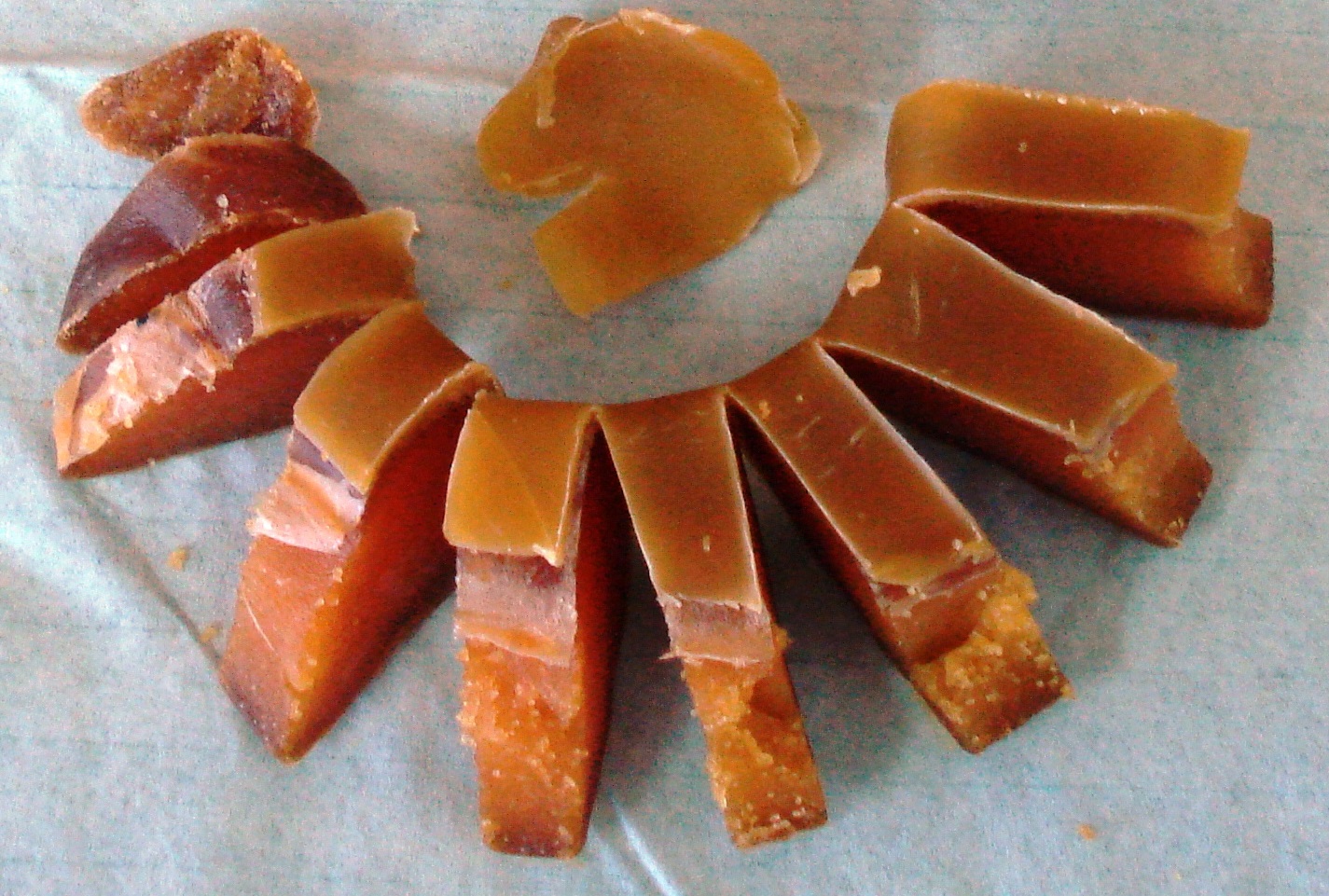 Harrygouvas, CC BY-SA 3.0, Wikimedia Commons
Harrygouvas, CC BY-SA 3.0, Wikimedia Commons
Sour Ram’s Testicles
Anyone who has seen the Iceland episode of Anthony Bourdain’s No Reservations will tell you that people from Iceland are built different. They have a long and storied history of food fermentation, and the results are not for the faint of heart. One of their traditional dishes was ram’s testicles cured in whey, then pressed into blocks and sliced.
Live Frog Pie
Well, this is more performance than delicacy. During the medieval era, some cooks would bake an empty pie crust and then put live frogs in it as a way to prank their guests. Frogs weren’t the only animals they used either! Seems like a good waste of a pie crust to me…
Hakarl
Hakarl wasn’t just consumed hundreds of years ago by Vikings—it’s also the national dish of Iceland! It’s made of Greenland shark or other sleeper shark meat which is then fermented and left to dry over a period of months. Because of the high urea content of the meat, it’s said to taste like ammonia.
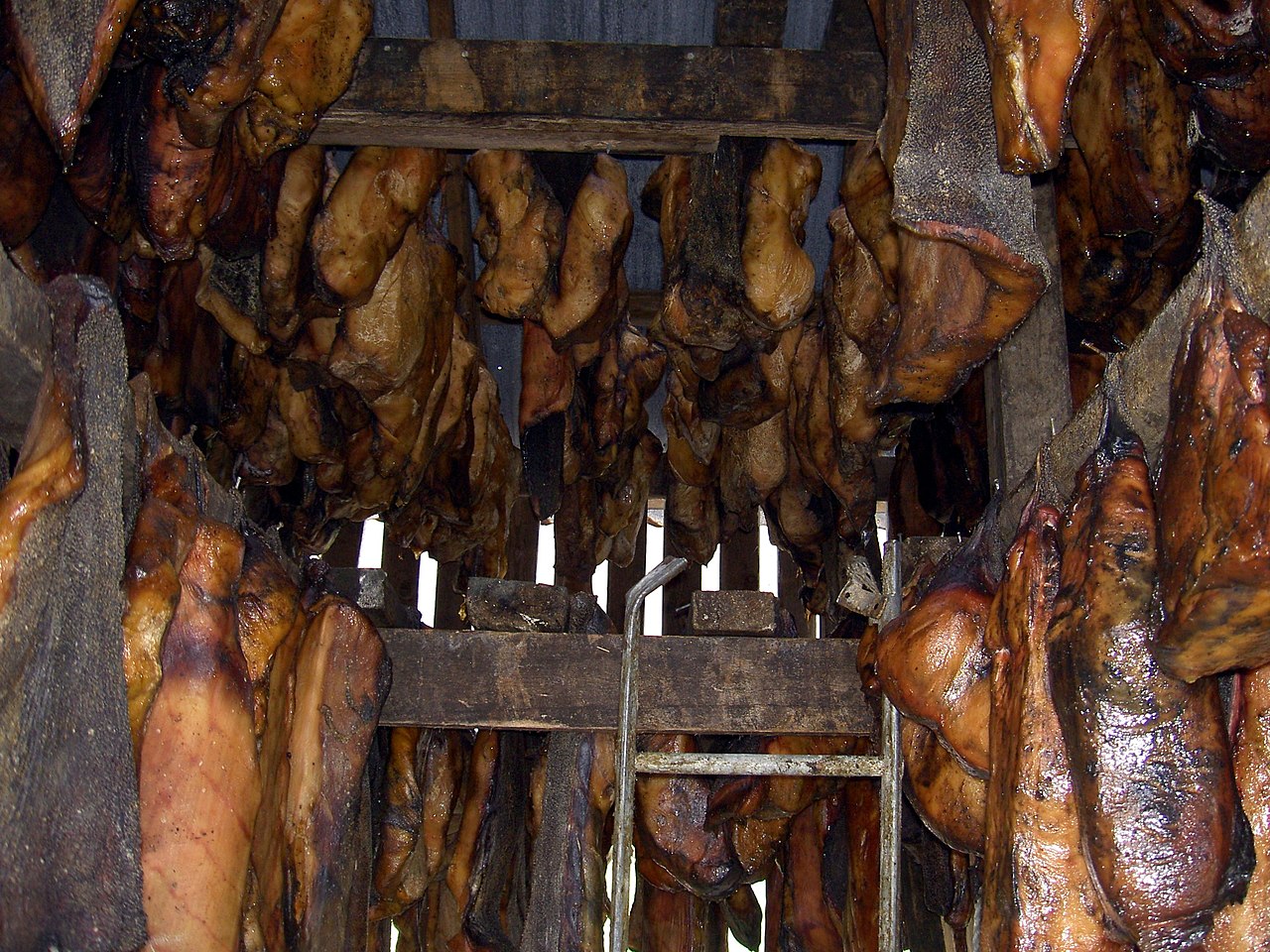 Chris 73 ,CC BY-SA 3.0, Wikimedia Commons
Chris 73 ,CC BY-SA 3.0, Wikimedia Commons
Beaver’s Tail
Not BeaverTails—the sugary Canadian treat with zero beaver involved—but actual beaver tails. In 15th-century Europe, Catholics ate them on fast days, thanks to a handy little loophole: since the tail was kind of scaly, it counted as fish. (Questionable, but convenient).
Fesikh
Fesikh is an ancient Egyptian dish made with fish. And that sentence is where the fun ends. What makes it different from other fish dishes? Well, it’s fish that’s fermented as it rots on the banks of the Nile. People have tried to bring this dish back since then, with varying results. One such attempt ended in a food poisoning outbreak that took 18 lives in 1991.
Ostrich Ragout
Like the braised flamingo before it, ostrich ragout was another delicacy in Ancient Rome which was often consumed by society’s elite due to its rarity. And let’s not forget that the ostrich was no small bird. Often in the 300-lb range, ostrich would be seasoned and then boiled and served whole.
Roast Hedgehog
There are a number of animals who have adapted over time to gain defense mechanisms and other signals meant to say “Don’t eat me.” Humans have taken heed of these signals to varying degrees. For some reason, the tall spines covering the hedgehog didn’t quote do it for people of the Middle Ages, who liked to serve it roasted.
 AshLin, CC BY-SA 3.0, Wikimedia Commons
AshLin, CC BY-SA 3.0, Wikimedia Commons
Roasted Swan
Beauty was also not a deterrent during the Tudor era, when roasted swan might be served on special occasions. To really make sure no one got it confused with a measly duck, the chef would put its skin and feathers back on the cooked bird, and put a little gold crown on its head.
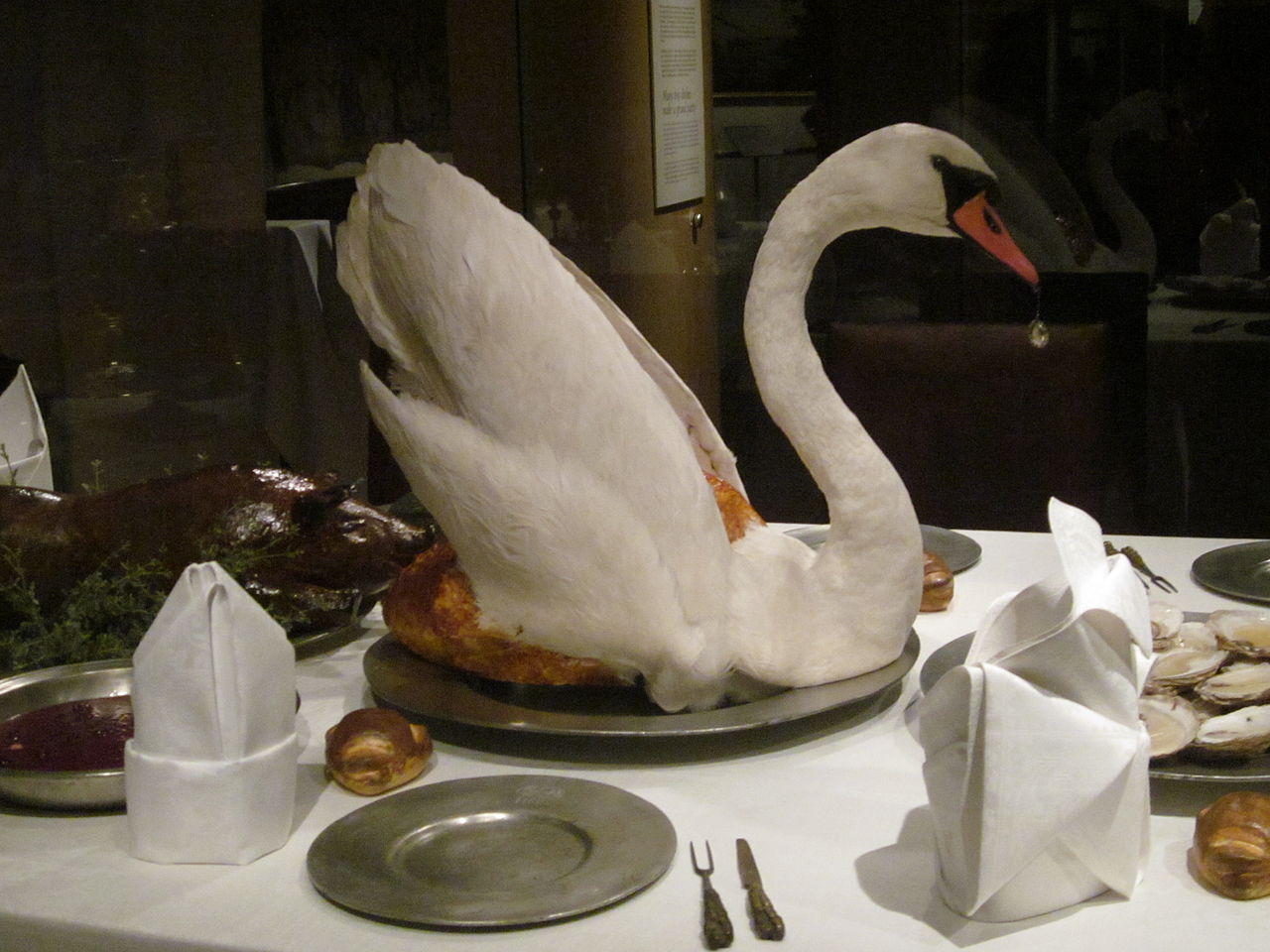 Blake Handley , CC BY 2.0, Wikimedia Commons
Blake Handley , CC BY 2.0, Wikimedia Commons
Frog Blancmange
People in the past—and honestly, even a century ago—seemed a little confused about what counts as dessert. My British relatives still serve mincemeat pie like it’s a sweet treat, and back in Tudor times, they went a step further with frog blancmange. They took a perfectly lovely dessert, kind of like panna cotta, and tossed in some frog meat. Because... why not?
Tlacatlaolli
The direct translation of tlacatlaolli is “men shelled corn,” and it’s an older version of modern pozole. However, whereas pozole is made from corn and meat, usually pork, tlacatlaolli was made from corn and human flesh. It was a ceremonial food meant for the elite in Tenochtitlan society, and was later banned during Spanish colonization.
The Helmeted Cock
There was a lot of pomp and pageantry when it came to food for the upper classes in the medieval era. This is reflected in cockentrice, mentioned earlier, and something that would be considered a variation on the dish: The helmeted cock. In this version, the chicken sits on top of the pig like it’s riding it, and is posed with a lance and paper helmet.
What do I have to do to get my local Medieval Times to start serving this?
Toast Sandwich
The Victorians certainly got creative with what they had. One dish was the toast sandwich, which had a piece of dry toast between two pieces of buttered, untoasted bread. It might sound ridiculous, but if you have a lazy vegan in your life, ask them about the last time they had one. Their answer may surprise you.
 Ewan Munro, CC BY-SA 2.0, Wikimedia Commons
Ewan Munro, CC BY-SA 2.0, Wikimedia Commons
Ham And Bananas Hollandaise
Ahhh, you didn’t think we’d let the people of ancient Rome and the Middle Ages take all the blame here, did you? No, the 20th century was also the source of many weird foods, including Ham and Bananas Hollandaise, which is pretty much what it sounds like—mustard and ham wrapped around bananas, topped with hollandaise sauce, and then baked.
Roti Sans Pareil
This dish, whose name translates to “roast, unmatched,” definitely earns the title. Dreamed up by a gourmand in the early 1700s, it featured 17 birds stuffed inside one another by size—then wrapped in three kinds of pork. Turducken could never.
 Kolforn, CC BY-SA 4.0, Wikimedia Commons
Kolforn, CC BY-SA 4.0, Wikimedia Commons
Pig Uterus
As the concept of “offal”—cuts of meat that were once considered unappetizing, like entrails and internal organs—became more popular on fancy restaurant menus, we’ve seen a resurgence of dishes featuring things like brain and tripe. But even the most adventurous modern diner might be afraid to get into things that the ancient Romans liked, like pig uterus.
Porpoise
Many cultures tend to avoid animals seem as “smarter”—though that doesn’t excuse our consumption of pork or octopus, I guess. While today, porpoise is hunted in Japan and by Inuit in the Arctic, at one point it was also within the culinary purview of the Anglo-Saxons during the Middle Ages.
Liver Sausage Pineapple
From the same era as ham bananas hollandaise comes this delight, with a little more showiness in the mix. To make this, a cook would mix liver sausage and mayonnaise into a paste, mold it around a jar, and then frost it to look like a pineapple. Add a pineapple top and some chopped olives with pimentos for color, and you’ve got the hottest dinner party on the block in the 1950s.
Paraffin Cake
WWI and WWII rationing led to a lot of creativity in the kitchen, particularly in the area of baking. Without butter or lard to make cakes or pies, some home cooks turned to liquid paraffin to provide the “grease” for their cakes. Unfortunately, it’s not easily digested, so the results were…painful, to say the least.
Vinegar Pie
This might sound like a wartime invention, but it actually dates back to early 19th-century America—born out of cleverness, not just scarcity. Nicknamed “poor man’s lemon pie,” it makes sense: when lemons or fruit were hard to come by, folks whipped up a custard or cream pie flavored with apple cider vinegar instead. Genius, right?
Corpses
Cannibalism is, famously, a cultural taboo that’s shared nearly universally. But what about when the person is dead? That’s different…right? Well, for the cast of Yellowjackets, yes—but also for some tribes in Papua New Guinea. They considered it a tribute to their deceased loved ones.
 Jialiang Gao, CC BY-SA 3.0, Wikimedia Commons
Jialiang Gao, CC BY-SA 3.0, Wikimedia Commons






